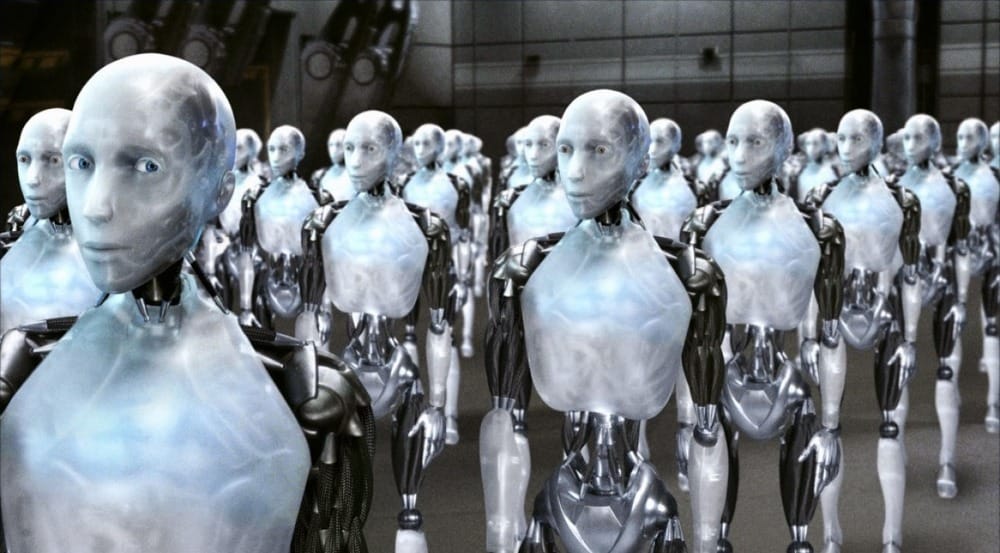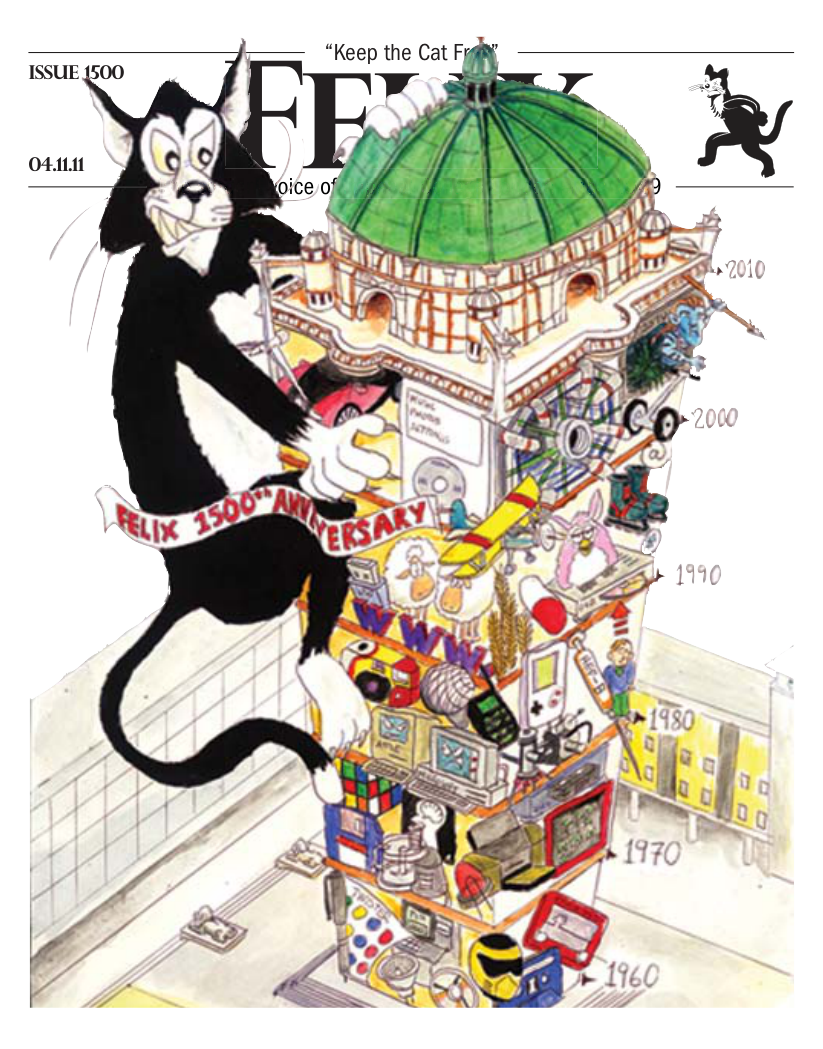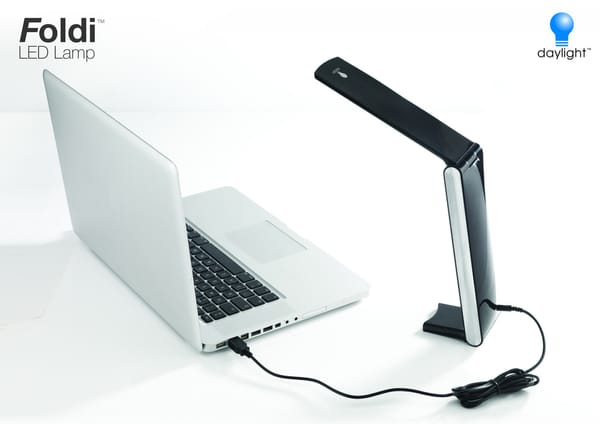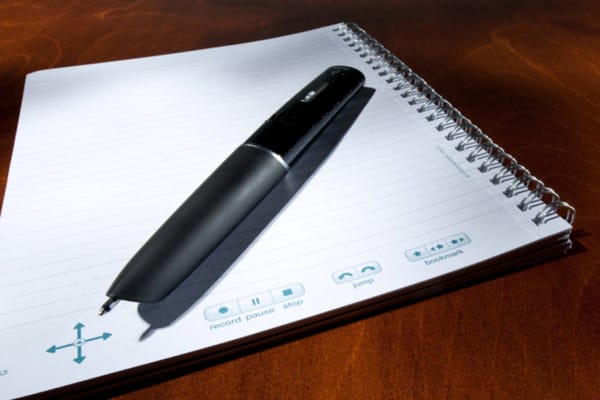What does the future hold?
Chris Bowers tells of his predictions for fifty years’ time

Ah, Issue 1500 is here. While some of my fellow editors may be getting nostalgic, technology and history don’t seem to get along. Technology and the future, on the other hand? Well, everyone sees them as going hand-in-hand. So we’ve decided to jump 1500 issues into the future – approximately fifty years – and look at what the world of computers, gadgets and electronics might look like in Issue 3000 of Felix.
Of course, when we think of technology in the future, some questions immediately spring to mind – will robots rule the world? Will we be able to teleport instantly from one place to another? Probably not. While that’s quite a shame for the latter, a lot can happen in technology in fifty years. If we went back in time just a decade and told them what technology was like today, they probably wouldn’t believe us. That’s the sort of growth we’re looking at. So what do I think we might be talking about in these very pages half a century from now?
I want to see the digital home. Let me paint you a picture: you get to your front door, grab the handle and it unlocks. Forget keys, forget swipe cards, forget even retina scanners; your door unlocks based on instant DNA analysis. Just inside, a notification on a touchscreen lets you know you got post today. Individually, you can read each item of post, delete it, or even send it off to the computer in some other room. Then you can deal with that item of post when and where you’re ready.
That sort of interconnectivity should be present in everybody’s homes. Say you’re sitting at your desk and you suddenly remember you need milk. You’d simply access the fridge from your computer and tell it you need milk – then the fridge will automatically add it to your next food shop. Even more than that, let’s say while you’ve been out you’ve worked on some files on your phone or laptop. As your device enters your personal Wi-Fi network, those files will automatically be distributed to all your home devices. The whole house should be connected so you can work on anything, anywhere.
Perhaps we can even go a step further than that, and remove the need for multiple devices altogether. If we can really harness the potential of graphene, I’d love to see a true all-in-one device. Somewhat akin to a recent Sky advert, imagine an edge-to-edge touchscreen phone. But when you sit down on the train, you literally unfold your device into a tablet with twice or even four times the screen space. At its most unfolded it could be used with a wireless keyboard and mouse to create a desktop, or even just attached to the wall to act as a television. That would be truly mobile computing.
Moving slightly away from the world of devices, I would like to see augmented reality a part of everyday life in fifty years. The technology will hopefully have moved out of ugly goggles and outstretched smartphones and into contact lenses or our everyday glasses. With that accessibility issue sorted, and the inevitable processing power increases that will enable all these gadgets, augmented reality can really prosper.
More than just overlaying buildings with their names, we should be looking at personal and contextual information. Our augmented reality gear should interact with our calendars, our smartphones, and even have a degree of intelligence. Consider my earlier example of the digital home – if you marked your milk as an urgent purchase, your gear will be alerted of this. When you leave the house, a computer in your house will have found out which local shop has your preferred milk for the cheapest price, and you’ll have the option of being led to it, overlaid on your vision.
Perhaps though, you left home to attend an important meeting, and are following the visual guides to get you there instead. On the way back your route could be altered slightly to get your milk, and perhaps your eyepiece will even recommend a new restaurant for dinner based on where you’ve previously eaten. As long as all of this is helpful and done unobtrusively, there are so many possibilities for augmented reality, especially given fifty years of development.
In fact, helpful and unobtrusive need to apply to all our future technologies. As technology inevitably becomes more and more ingrained in our everyday lives, the last thing we want is for it to get in the way. Technology should be and needs to be a convenience. With that in mind, we will hopefully be seeing huge advances in the next fifty years in new technologies that make our everyday lives that much easier, and hopefully more enjoyable.
This does beg the question, though, of whether or not everything I’ve described in this article can happen in the timespan of half a century. Based on the history of technology, and how quickly the field has burst through innovation after innovation – I don’t see why not. Of course, only time will tell. But as we are being speculative, one person’s thoughts and predictions aren’t enough. So, take a look across the page, where some other people look at what they think we might be seeing in Issue 3000 of Felix...








